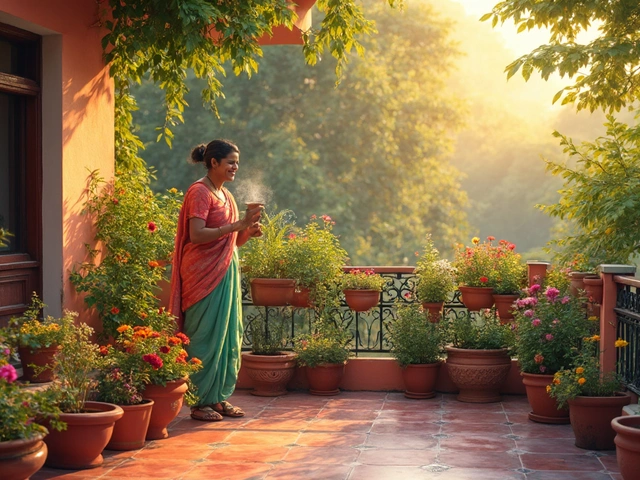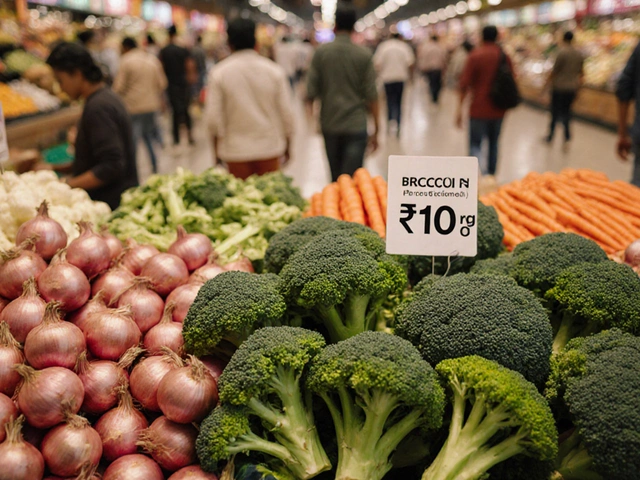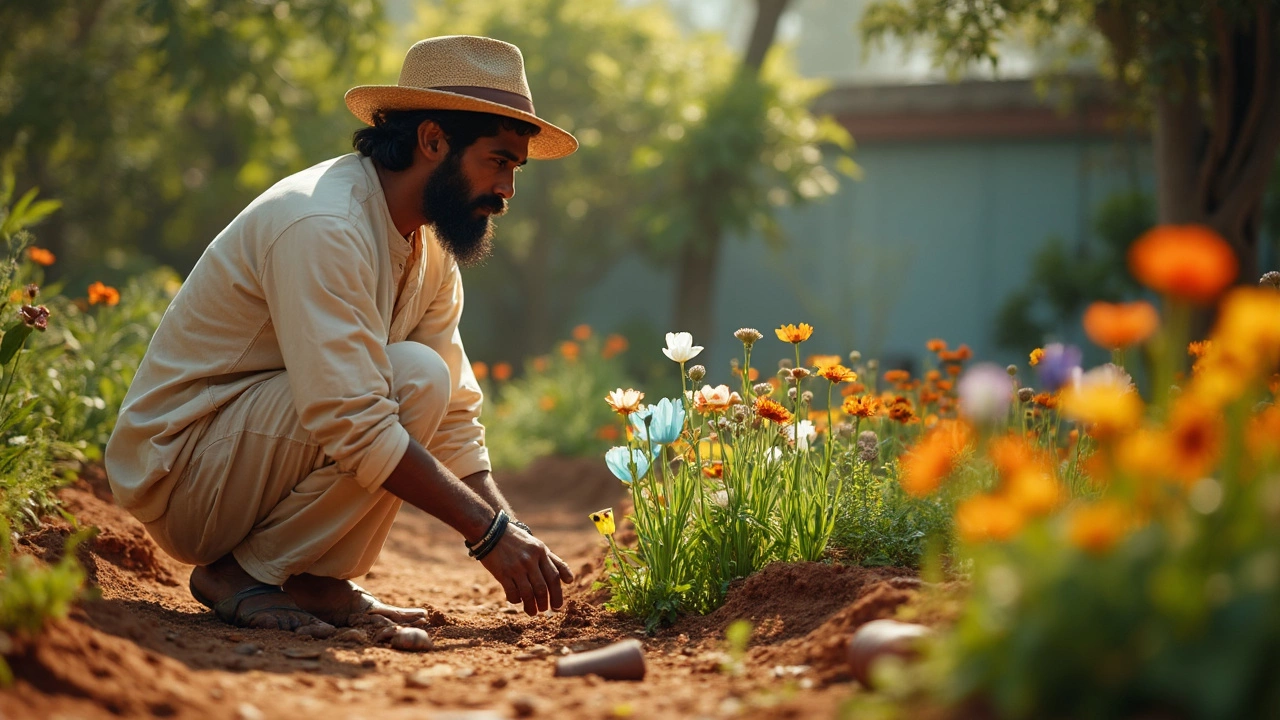Exotic Flowers: Tips, Care & Best Choices for Indian Gardens
Ever wanted a garden that looks like a tropical getaway? Exotic flowers can give you that wow factor without a plane ticket. They’re bright, unusual, and surprisingly doable if you follow a few simple steps. Let’s break down what you need to know to grow these beauties in Indian climates.
Choosing the Right Exotic Flowers for Your Climate
India’s weather ranges from cool hills to hot plains, so picking a flower that likes your zone is the first win. In the north, go for hardier species like Hippeastrum (amaryllis) or Canna. In the south, heat‑loving blooms such as Bird of Paradise or Strelitzia thrive. Check the plant tag for temperature ranges – most exotic varieties need at least 20°C daytime and a little night chill.
Rainfall matters too. If you live in a monsoon area, choose plants that tolerate wet soil, like Lotus or Water Lily. For drier zones, pick drought‑friendly options such as Agapanthus or Gazania. A quick online search for “exotic flower suitable for [your state]” will narrow the list fast.
Caring Basics: Soil, Water, and Sunlight
Exotic flowers love well‑draining soil. Blend garden loam with sand or perlite at a 2:1 ratio to avoid soggy roots. If you’re using pots, a ready‑mix for tropical plants works fine – just add some compost for nutrients.
Watering is a balance act. Most exotic species prefer consistently moist soil but hate waterlogging. Stick your finger a couple of centimeters deep; if it feels dry, water until it seeps out the bottom. During summer, you may need to water every 2‑3 days, while winter watering can drop to once a week.
Sunlight requirements vary. Some love full sun (6‑8 hours), like Hibiscus and Passionflower. Others, like Orchid varieties, do better in filtered light or morning shade. Place sun‑loving plants in open spots and shade‑preferring ones under a pergola or next to taller shrubs.
Fertilize every 4‑6 weeks with a balanced liquid fertilizer (10‑10‑10) during the growing season. For pot plants, mix slow‑release granules into the soil at planting time and top up every few months.
Watch out for pests. Aphids, spider mites, and mealybugs love tender new growth. A quick spray of neem oil or a mild soap solution keeps them in check without hurting the plant. If you spot yellowing leaves, it could be a sign of over‑watering or nutrient deficiency – adjust care accordingly.
Finally, give your exotic flowers room to spread. Many need space for rhizomes or tubers to expand. Crowded pots stunt growth and invite disease. If a plant looks cramped, repot it into a larger container or split the clump into two pots.
With these basics, you can turn any garden corner into a showcase of rare, eye‑catching blooms. Start small, pick species that match your weather, and watch your garden transform into a living postcard.
Hardest Flower to Grow: Top Challenge for Indian Gardeners
Everyone loves colorful flowers, but some are true troublemakers. This article breaks down what makes certain flowers nearly impossible to grow in Indian gardens. Get clear reasons, surprising facts, and pro level tips if you’re feeling brave enough to try. Find out which flower holds the crown for difficulty, and why even experienced gardeners struggle. Perfect read if you want to test your green thumb or just curious about botanical challenges.
About
Flower Gardening
Latest Posts


Best Plants with Year-Round Flowers in India
By Alden Thorne May 23, 2025

Eco-Friendly Home Designs: Building for a Sustainable Future
By Alden Thorne Dec 2, 2024

